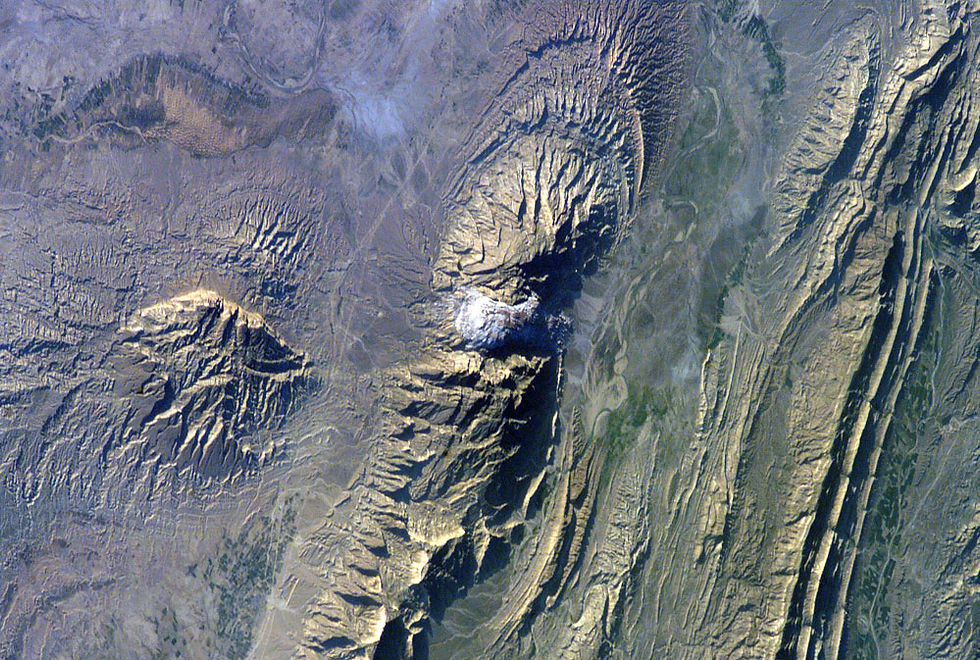What are Salt Domes? How are they useful?
- Christina Queeni
- Sep 17, 2023
- 2 min read

Img ref - Nasa space observatory
The Earth's subsurface is a treasure trove of valuable resources, including oil and natural gas.
But how do these precious hydrocarbons accumulate deep within the ground? One fascinating geological phenomenon provides the answer: salt domes.
In this blog, we'll delve into the intriguing world of salt domes and how they create geologic structures known as traps, where oil and natural gas accumulate.
Let's uncover the science behind this underground reservoir of energy.
How are they formed?

Img ref - Brittanica
Salt domes, also known as salt diapirs, are geological structures formed over millions of years.
They begin their journey as underground salt beds, deposited by ancient seas that have long since vanished. These beds consist of layers of salt, mainly composed of halite, a mineral formed from the evaporation of seawater.
As additional layers of sedimentary rocks accumulate on top of the salt beds, the immense pressure and heat in the Earth's crust cause the salt to slowly flow and rise.
Picture a blob of toothpaste pushing its way up through layers of sedimentary rock over eons, and you have the basic idea of how salt domes form.
Accumulation of Oil and Gas

Img ref - Geology.com Now, let's explore how salt domes play a pivotal role in the accumulation of oil and natural gas.
Structural Traps:
As salt domes rise, they can deform the overlying rocks. This deformation creates various types of structural traps that are ideal for trapping hydrocarbons.
One common trap is the anticline, where the overlying rock layers bend upward due to the pressure of the rising salt dome.
These anticlines form natural pockets that can hold oil and gas, preventing them from migrating further.
Cap Rock:
To trap oil and gas effectively, a cap rock or seal is crucial.
This cap rock, often composed of impermeable rock like shale or limestone, acts as a lid that prevents hydrocarbons from escaping.
The salt dome, with its rising and deforming action, can create the perfect conditions for a cap rock to seal off the trap.
Migration Pathways:
Oil and gas, created deep within the Earth, need pathways to migrate upward. The rising salt dome can provide these pathways by creating fractures and faults in the surrounding rocks.
These openings allow hydrocarbons to move towards the trap formed by the dome.
The Economic Significance

Img ref - wikipedia



Comments